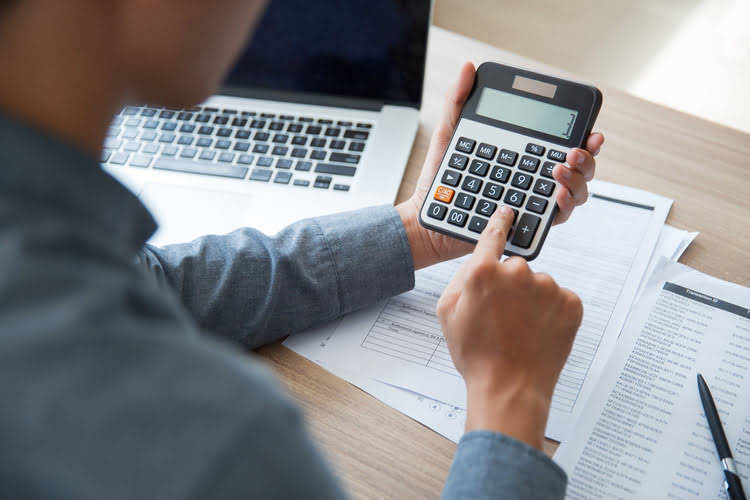
Customers can take advantage of the reduced prices to increase their profit margins. Trade discounts are used to incentivize customers to buy in bulk, purchase products during off-peak periods, or take advantage of other favorable conditions. Interactive Brokers offers a long list of trading tools and platforms, market research resources, and investment products for experienced, active traders. In addition to its commission-free stock trading, the brokerage lets you place trades in the US and international markets. This might be appealing to retail traders interested in investing in foreign currencies.
- Robinhood Gold has a $5 monthly fee, but it includes both margin trading (borrowing money to invest) and bigger deposits.
- Additionally the diagram below summarizes the difference between trade discounts and cash discounts.
- Get stock recommendations, portfolio guidance, and more from The Motley Fool’s premium services.
- In a layman’s language, a trade discount refers to a reduction/fall in the original price of a commodity.
11 Financial may only transact business in those states in which it is registered, or qualifies for an exemption or exclusion from registration requirements. Trade discounts differ from other discounts because they are not usually advertised publicly. On one hand, it will probably become a bit more expensive this year, given its adjusted FFO guidance range of $7.60 to $8.20 per share, or $7.90 at the midpoint.
Why You Should Trust Us: Our Expert Panel on The Best Stock Trading Apps
However, you should calculate the cost of trade credit, or the cost of not taking the discount, as in the section above. When opening a business, you must pick suppliers not just for the physical products they can offer, but also for their performance record and their terms of trade credit. Small businesses generally use trade credit, or accounts payable, as a source of financing. When a trustworthy company buys from a supplier, that supplier will often allow the company to delay payment. If you’re more interested in active investing, platforms like Robinhood offer commission-free trades with an easy-to-navigate trading platform suitable for beginners.
Like the other platforms on this list, you can trade stocks for free. A trade discount is a reduction in the selling price of goods provided to customers. This discount occurs before a company calculates the amount payable by the customer. Accounting standards do not require a separate treatment or disclosure on the financial statements for this discount.
Best Free Stock Trading App for Active Trading Without Fees: Firstrade
A trade discount might be stated in a dollar amount or as a percentage. It may say that 1-to-100 units are $5 per unit, while 101-to-200 units are $4 per unit which equals a $1-per-unit trade discount. That’s an enticing value for a company that expects to deliver accelerated growth in 2024.
Agreeing to steep discounts can put manufacturers at an imposition in the event a reseller finds new leverage. The key is understanding exactly how much it costs to produce a product and the minimum viable margin for selling it. For example, if the MSRP on a Green Widget is $5 and a reseller purchases 100, it might get a $1 discount per unit. That discount might rise to $1.50 per unit at 500 units or $2 at 1000 units. The ability to produce in bulk means manufacturers can buy components in bulk to keep costs lower.
Accounting for Trade Discounts
These product catalogues will contain the listed prices of the products. However, when a reseller offers to buy the product in bulk, the manufacturer reduces the listed price of the product. It’s an incentive offered by manufacturers to attract resellers and create a symbiotic partnership. Resellers have trade discounts the ability to turn a profit selling pre-made goods; manufacturers focus on production by outsourcing sales. These are discounts offered to customers who purchase products or services during off-peak periods. For example, a supplier may offer a 15% discount on lawnmowers during winter when demand is low.
